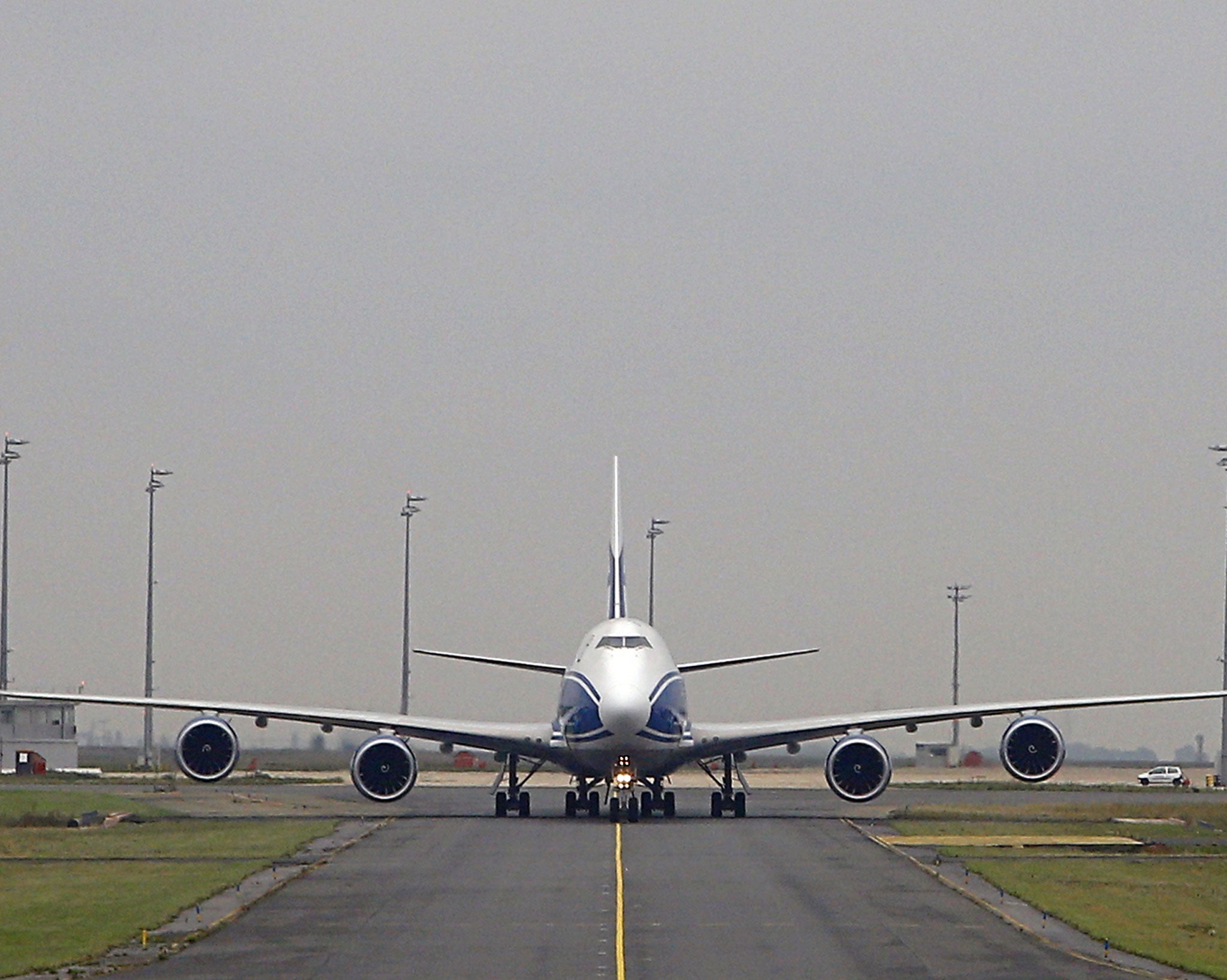A brief history of the Boeing jet fleet
The end of the world-changing jumbo era is coming

Your support helps us to tell the story
From reproductive rights to climate change to Big Tech, The Independent is on the ground when the story is developing. Whether it's investigating the financials of Elon Musk's pro-Trump PAC or producing our latest documentary, 'The A Word', which shines a light on the American women fighting for reproductive rights, we know how important it is to parse out the facts from the messaging.
At such a critical moment in US history, we need reporters on the ground. Your donation allows us to keep sending journalists to speak to both sides of the story.
The Independent is trusted by Americans across the entire political spectrum. And unlike many other quality news outlets, we choose not to lock Americans out of our reporting and analysis with paywalls. We believe quality journalism should be available to everyone, paid for by those who can afford it.
Your support makes all the difference.The Boeing jet fleet – from the first prototype to the last one last delivered.
707 (1958-79)
The first American jet airliner, this four-engined, 189-passenger plane stole the market from its predecessor, the tragedy-hit de Havilland Comet. In the 1960s, it was the mainstay of all the big airlines, including Pan Am, Qantas and BOAC – the long-haul predecessor of British Airways.
British Caledonian kept them flying well into the 1970s, with earlier models passed to charter carriers such as Dan-Air (which, it is said, acquired the first 707 ever to fly the Atlantic – and refused an offer to sell it to a museum, preferring to keep it flying).
717 (1998-2006)
The unwanted offspring of the union between Boeing and its rival, McDonnell Douglas, the 717 was really an attempt to extend the natural lifespan of the DC-9/MD80 series of aircraft.

720 (1958-67)
The short- and medium-haul version of the 707, the 720 was a little shorter and could operate from shorter runways. It was soon extinguished by the more economical 727 and 737, but for a time it was big with Aer Lingus and Air Malta.

727 (1962-84)
Three rear-mounted engines made this short- and medium-haul pleasingly quiet up front, and deafeningly noisy in the back row. An unusual tail-mounted exit could make the passenger feel uneasily like part of a digestive system.

737 (1966-present)
The most successful plane ever built: Boeing has sold more than 9,000 of them, and many more are on order for the world’s two giant budget carriers, Ryanair of Ireland and Southwest of the US. A 42-year-old version is still active in Canada, and is believed to be the oldest jet still flying in passenger service anywhere in the world, at 42 years. (Plane years are rather like cat years, so anything over 25 years is almost unknown.) More modern versions are now flying the Atlantic regularly between Gatwick, Glasgow and Canada with WestJet.

747 (1968-present)
As originally conceived, the biggest Boeing of all was primarily for cargo. But its iconic shape, including the exclusive upper-deck “bubble”, made it a favourite with passengers and airlines. British Airways is currently the world’s biggest operator of the jumbo; Virgin Atlantic, which began life with a single 747 in 1984, recently offloaded its last.

757 (1981-2004)
A bit bigger than the 737, and with longer “legs”, the 757 never met with the success of its smaller, older sibling. Today it is largely a long-haul plane, with dozens flying the Atlantic every day for Icelandair, United and BA’s offshoot, Open Skies. Many former 757 passenger jets are now used for parcels.

767 (1981-present)
Boeing’s hurried response to the original Airbus A300 has actually proved much longer-lasting than its rival. It is deployed by British Airways on longer European routes such as Athens and Istanbul, as well as less-profitable long-haul links that don’t warrant a more celebrated plane.

777 (1993-present)
Its two big engines give the “triple seven” far superior economics to the 747, and the stretched (-300 version) can handle about as many passengers – up to 467 in some configurations, commonly known among pilots as “slave ships”. There are more 777s in the air at any one time than any other long-haul plane.

787 (2007-present)
The first Boeing plane for the 21st century had a troubled birth and infancy, with battery fires leading to the “dreamliner” being grounded for three months soon after its launch. Preferred by many passengers for its higher-than-average cabin pressure and civilised lighting; preferred by many airlines for its fuel economy.

Join our commenting forum
Join thought-provoking conversations, follow other Independent readers and see their replies
Comments